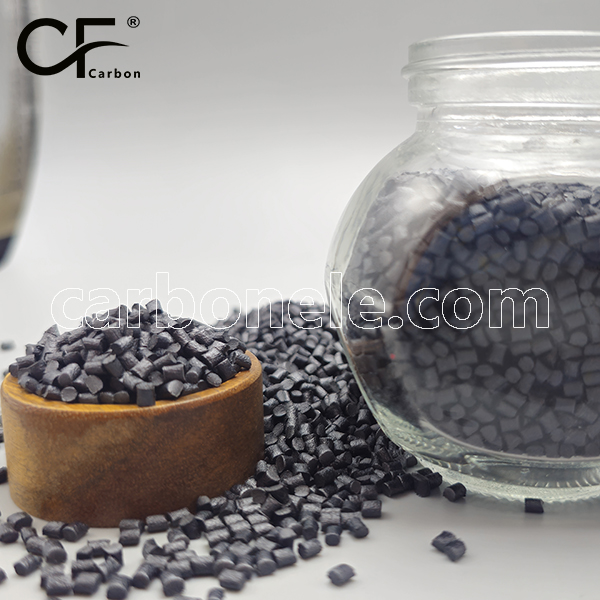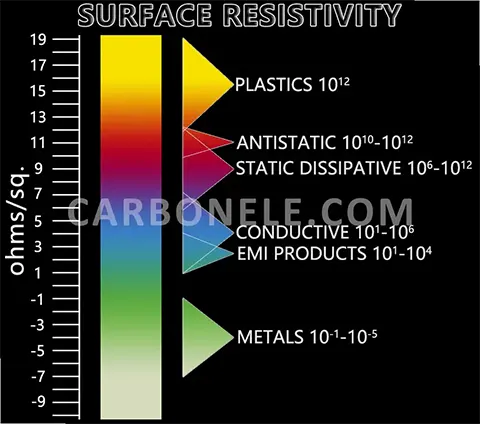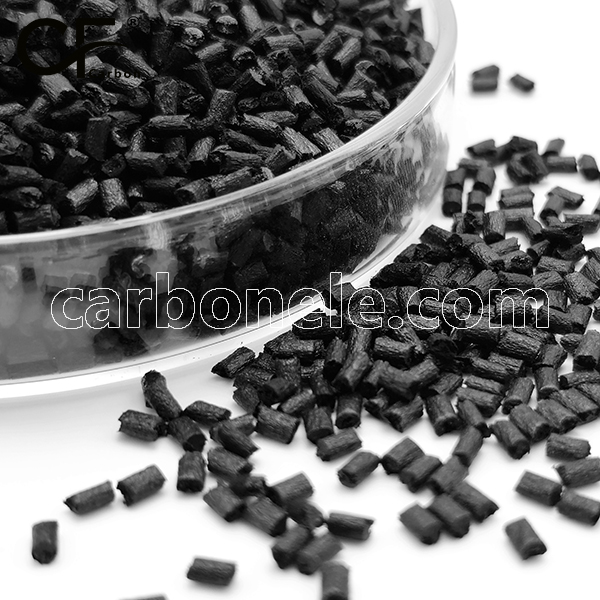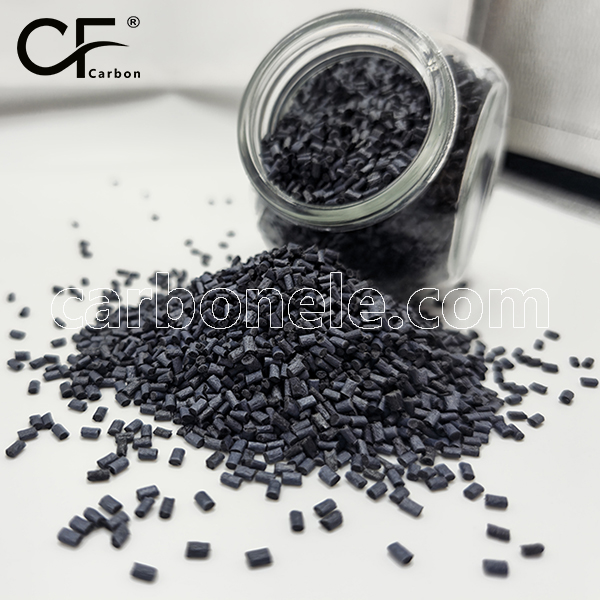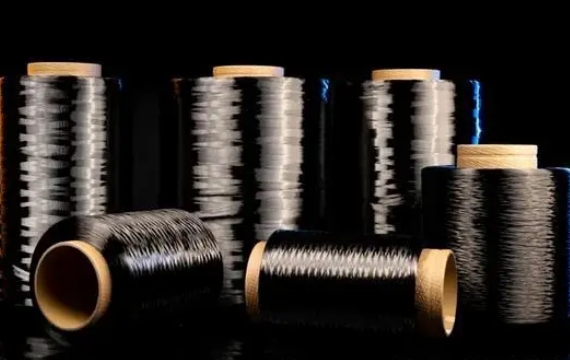-
Influence of Carbon Fiber Content on High-Temperature Resistance of CF PA12 Material
Influence of Carbon Fiber Content on the High-Temperature Resistance of CF PA12 Material CF PA12 material, as a composite material with excellent properties, is widely used in numerous fields. Among its characteristics, the content of carbon fiber has a significant impact on its high-temperature ...Read more -
Comparison & Analysis of PA6 – GF30 & PA6 – CF30
Comparison & Analysis of PA6 – GF30 & PA6 – CF30 PA6, also known as Nylon 6, is a kind of semi-transparent or opaque milky-white granular material. It possesses a series of remarkable properties. Firstly, it is a thermoplastic polymer, which means it can be melted and r...Read more -
Introduction to PPA-CF
Introduction to PPA-CF (Polyphthalamide Carbon Fiber Composite) PPA-CF (Polyphthalamide with Carbon Fiber Reinforcement) is a high-performance engineering thermoplastic composite that combines the excellent high-temperature resistance and chemical stability of Polyphthalamide (PPA) with the high...Read more -
Main benefits of PPA-CF
Main benefits of PPA-CF (Polyacrylamide – Carbon Fiber Reinforced Plastic) PPA-CF (Polyphthalamide Carbon Fiber) combines the high-performance properties of PPA (Polyphthalamide) with the reinforcement of carbon fibers (CF). This results in a material that offers a combination of both high...Read more -
What’s Surface Resistivity of CFRTPs?
What’s Surface Resistivity of CFRTPs? Carbon fiber reinforced thermoplastic polymers (CFRTPs) have emerged as a highly significant class of composite materials in the realm of modern materials science and engineering, . Their unique combination of properties, such as excellent mechan...Read more -
Strength Different Between PPA and PPA-CF
Differents between TPU and TPU-CF (Thermoplastic Polyurethane – Carbon Fiber Reinforced Plastic) The strength difference between PPA (Polyphthalamide) and PPA-CF (Carbon Fiber Reinforced Polyphthalamide) is significant, primarily due to the incorporation of carbon fibers into the PPA matri...Read more -
Application Examples of Carbon Fiber Nylon 6
Application Examples of Carbon Fiber Nylon 6 Some application examples of different filling content ranges of carbon fiber in nylon 6. 1. 1% – 5% – Daily necessities: For example, combs, toothbrushes, etc. Adding a small amount of carbon fiber can improve the strength and wear ...Read more -
How to improve the dispersion uniformity of carbon fibers in the EVA matrix?
How to improve the dispersion uniformity of carbon fibers in the EVA matrix? Surface Modification – Chemical Oxidation Method: The chemical oxidation method uses strong oxidants to treat the surface of carbon fibers, introducing oxygen-containing functional groups such as carboxyl a...Read more -
Carbon Fiber: T300, T700, T800 & T1100
Which classifications is carbon fiber divided into? -Just like stars that have different brightness, T300, T700, T800 and T1100 in the carbon fiber family are all shining brightly in different application areas, and together they are drawing a magnificent picture of science and technology. ...Read more -
DIfferent Between TPU and TPU-CF
Differents between TPU and TPU-CF (Thermoplastic Polyurethane – Carbon Fiber Reinforced Plastic) 1. High-Temperature Resistance: TPU: The Heat Deflection Temperature (HDT) of TPU is typically around 80°C to 100°C. TPU-CF: The heat resistance of TPU CF is significantly improved due to the a...Read more -
DIfferent Between PPS and PPS-CF
Differents between PPS and PPS-CF (Polyphenylene Sulfide – Carbon Fiber Reinforced Plastic) 1. High-Temperature Resistance: The Heat Deflection Temperature (HDT) of PPS is around 280°C, and when carbon fibers are added, the heat resistance of PPS-CF improves to 260°C-270°C. Despite this, ...Read more -
Benefits of PPS-CF
Benefits of PPS-CF (Polyphenylene Sulfide – Carbon Fiber Reinforced Plastic) 1. High-Temperature Resistance: Heat Deflection Temperature: The heat deflection temperature of PPS is around 280°C, and when carbon fibers are added, the material’s heat resistance improves to 260°C to 270...Read more









